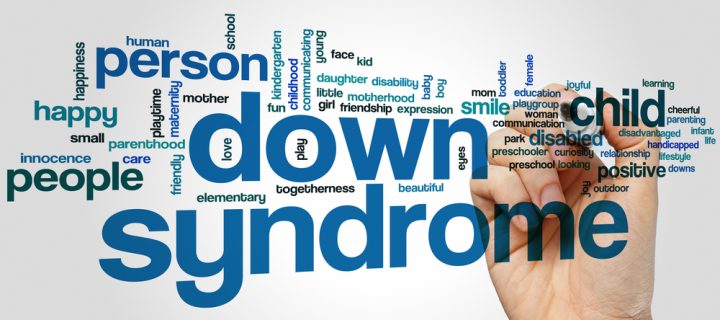Changes in the head, hands, feet, eyes and muscle tone can all be indicators.
The Internet is filled with stories of new parents finding out their child has Down syndrome. Some are stories that involve parents who are shocked, and others see it as another step.
All seem to have one thing in common: the parents soon fall in love with their child after receiving the diagnosis, if they haven’t already.
If your baby’s development seems to be different from what you think is “normal”, you may be wondering what the signs of Down syndrome are.
Here’s what doctors look for:
Related: Smart Ways to Use Up Your Leftovers
1) Differences in the Head and Neck
According to the Mayo Clinic, medical professionals look for a flattened face, a small head and a short neck when identifying Down syndrome. Upward slanting eyes and unusually shaped or small ears are also a sign.
2) A Tongue That Sticks Out
Babies with the diagnosis often have a tongue that sticks out, in connection with #4.
3) Small Hands and Feet
These aren’t necessarily a definitive sign of the syndrome, but they are often part of the package. The hands and fingers may be short, with a single crease on the palm.
4) Poor Muscle Tone
Infants will feel floppier than usual, and display extra flexibility.
Most babies with Down syndrome are identified in the womb, or at the time of birth. Some are identified as they develop and grow.
For more information, click here.
Photo credits: ibreakstock/Shutterstock.com












